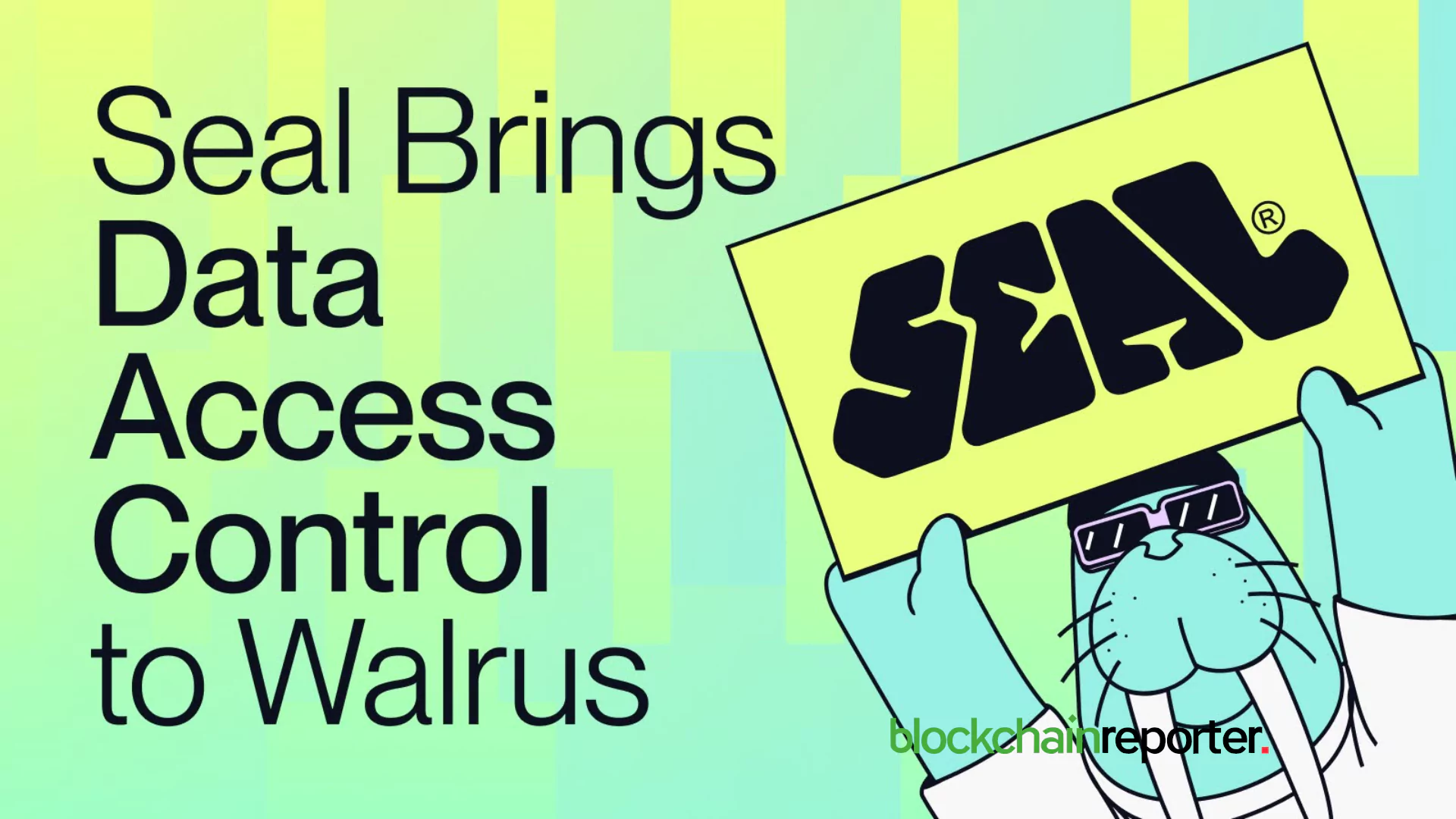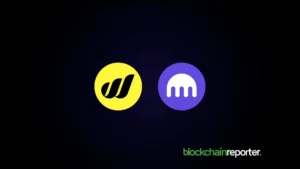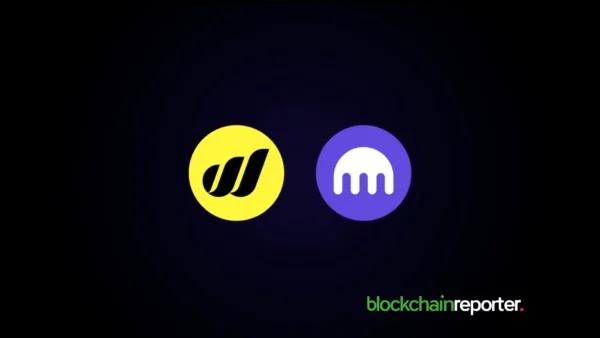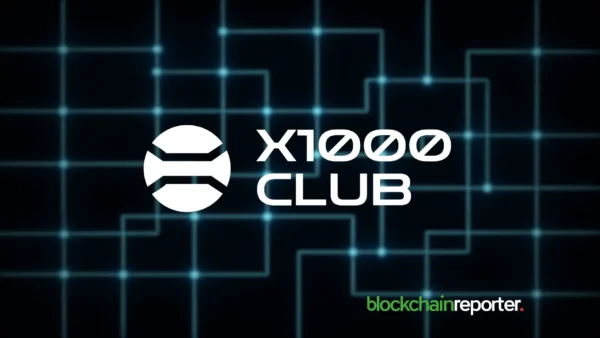
Walrus announced today that Seal is live on Walrus Mainnet, bringing native encryption and on-chain access control to the protocol’s decentralized data stack. As the data layer for Web3, Walrus already handles storage, availability and programmability. With Seal, it now adds a built-in way to protect, gate and securely share data at scale.
Web3’s openness has been a defining strength, but it’s also presented a real problem: data is public by default. That’s great for verifiable, trustless systems, but impractical for applications that must protect sensitive information or selectively share assets. Until now, teams that needed confidentiality either turned to centralized services or built bespoke encryption layers, costly, slow and a barrier for many builders.
Seal changes that calculus by making access control a native capability of a decentralized platform. Developers can encrypt data, write on-chain rules for who can access it, and have those rules enforced without relying on off-chain gatekeepers. In short, confidentiality and verifiability can now coexist.
Industry Impact
The practical impact is immediate. Walrus with Seal unlocks classes of apps that were previously difficult or impossible in a fully decentralized environment, including:
- AI dataset marketplaces: Organizations can monetize proprietary datasets or fine-tuned models while keeping them encrypted and enforcing strict access policies. Data providers retain control even after monetization.
- Token-gated subscription services: Creators can encrypt premium content and make it accessible only to verified subscribers, enabling sustainable creator revenue in Web3.
- Dynamic gaming content: Developers can hide in-game assets, story beats or rewards until players meet on-chain milestones, enabling richer, milestone-driven experiences.
Real projects are already being built with Seal. Inflectiv is tokenizing AI infrastructure, using Walrus and Seal to gate and monetize datasets while protecting contributor IP. Vendetta, a fully on-chain multiplayer strategy game, employs Seal to secure game mechanics and player progress so ownership and competition remain tamper-proof.
TensorBlock is applying the stack to secure models, memory and datasets for a decentralized AI platform, enabling contributors to protect and monetize their work. Walrus and Seal are also being positioned as part of a broader “full-stack” effort alongside Sui. Sui provides the high-performance blockchain layer; Walrus with Seal handles scalable data management, availability and access control, the pieces enterprises need to build Web3 applications that can compete with Web2 alternatives.
Partners already demonstrating that model include OneFootball (rights-managed content delivery), Watrfall (the Ron Perlman-led fan-funded studio exploring new distribution and ownership models), and Alkimi, which reportedly processes over 25 million ad impressions per day with Walrus while using Seal to keep confidential client data secure.
By integrating programmable data access into the data layer itself, Walrus aims to remove a major barrier to mainstream Web3 adoption: the tradeoff between transparency and privacy. The company positions Seal as the missing piece that lets developers design apps where data is “intelligently controlled, privately managed, and enterprise-ready.” Developers interested in building on the stack can find documentation and technical details from Walrus to get started.









